In my most recent project we focused on discovering an answer to the question…
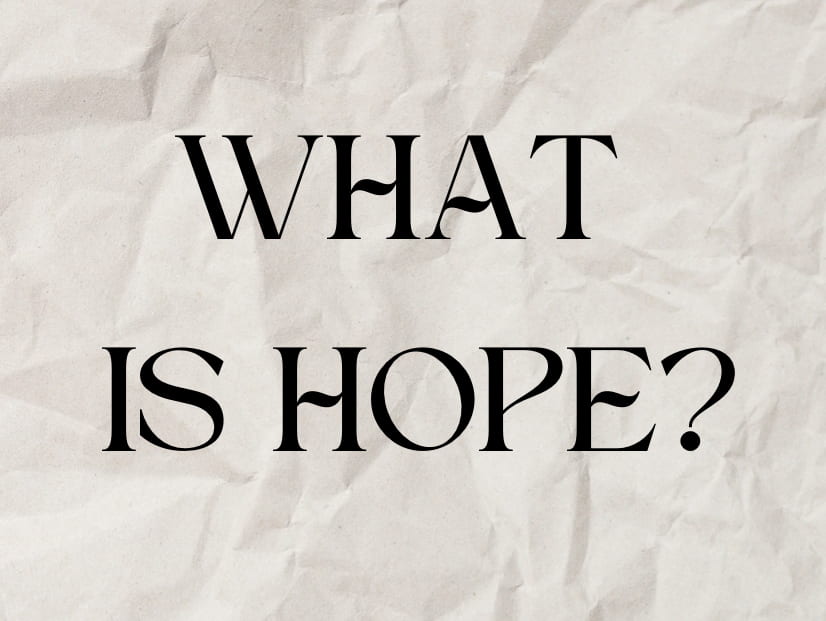
Each student in my class created a short narrative film, seeking to answer that question. Here is the answer I found.
Going into this project I had never considered the meaning or true nature of hope. So while approaching this video, I needed to reestablish my view of hope, most particularly by discovering hope’s impact.

While the idea of hope can be kind of confusing and very easily get dauntingly philosophical, the events associated with hope can often be a great way to truly comprehend what hope is.
A portion of my class (myself included) planned to travel through Texas, Oklahoma, Missouri and Arkansas to take a closer look at the historic events we’d explored in class. While there are so many amazing examples of stories of hope throughout history, I was particularly drawn to two events which had taken place in Oklahoma.
At this point I had developed a rough idea of what I wanted my video and overall answer to look like. I had created a few key ideas I had drawn from the stories and texts we’d studied in class, but additionally based off of my own perception of hope.
The Key ideas I came up with:
– Hope is present in every facet of life, from our fundamental beliefs and cultural landscapes to our sense of purpose.
– Our connections and impression of belongingness stem from collective experience and intertwined hope.
– Extremism vs Hope?
– How is faith different from Hope?
– Connection of Ideologies and Hope. Community identity and the connection between the legacy of tragic events.
I decided to pick two events that I felt embodied the ideas I had began to focus on. The Tulsa Massacre and Oklahoma City Bombing. Both of which I felt connected to the primary themes I planned to reference in my video.
I additionally created a draft script and storyboard, and mood board to represent my ideas in a method that would help me maintain a sense of direction and focus throughout our trip to the Southern US.

While I definitely stuck to similar core ideas, I definitely shifted my focus while visiting the Southern US and began to reframe my video based off of the people I spoke to and the places I visited.
I’d originally planned on only focusing on The Tulsa Masscre and The Oklahoma City Bombing for my video, I began discovering connections to the story I planned to convey in seemingly unlikely locations.
Although I didn’t end up using the footage I collected from other locations, alot of what I learned outside of my original ideas helped me strengthen my overall answer.
Particularly an interview Alex, Grace and I conducted at Philbrook Art Museum. Despite the topic of our interview straying slightly from my video ideas, The answers our interviewee provided were incredibly enlightening in regard to community and ideas surrounding shared belief.
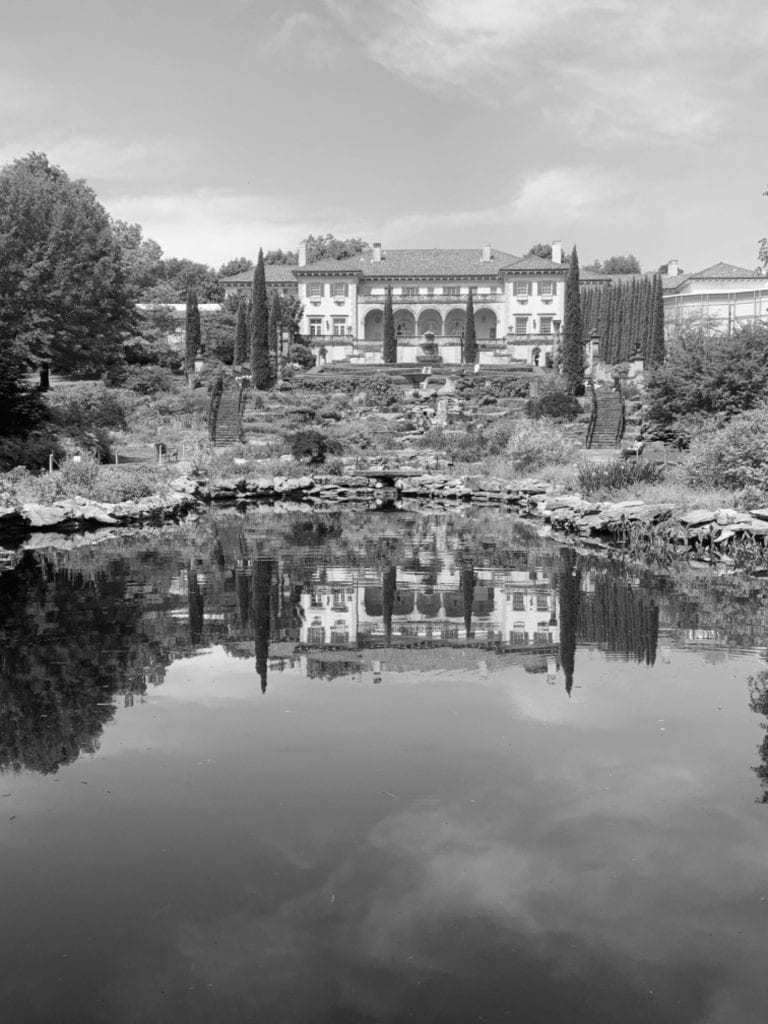
Our interviewee provided a lot of insight into community based progression, particularly in relation to the diversity represented in the Philbrook art museum. His information about the changes their community had experienced, as well as his tour featuring incredible black Tulsa based artists, really solidified my interest in the history surrounding The Tulsa Massacre.
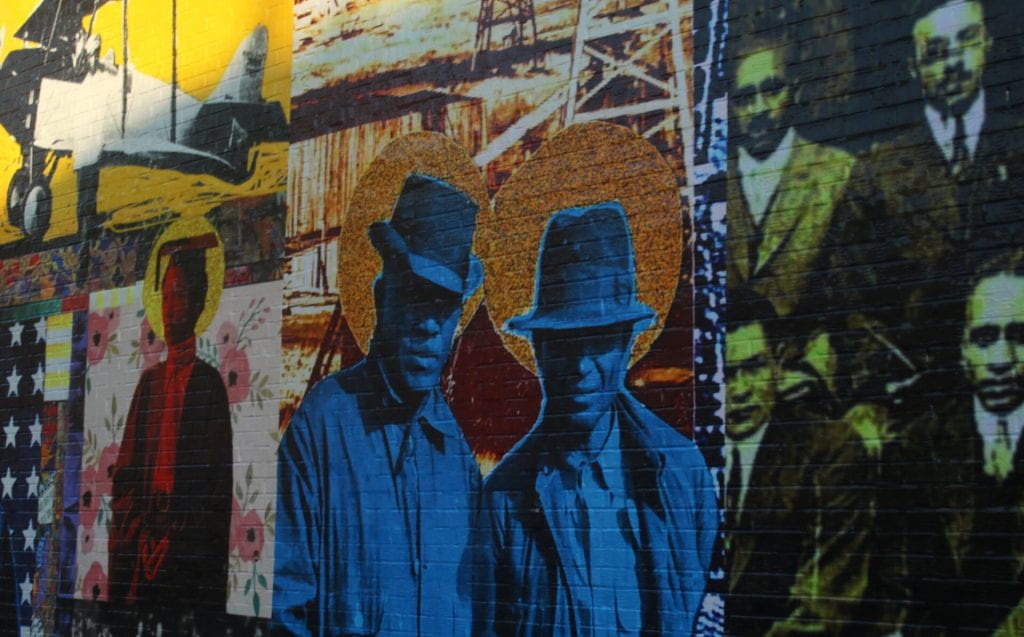
Our class additionally were fortunate to receive a tour of Greenwood (the site of the Tulsa Massacre) with a local community member Terry Baccus.
Our tour with Terry was incredibly informative and fascinating. Although I had read about the Tulsa Massacre online, so much of Greenwood’s history was excluded from the sources I had found. Through our tour and interview with Terry, I began to learn more about the efforts and strength of the amazing people of Greenwood. I began to make more connections between their resilience and overall connection to the definition of hope I was starting to truly form.
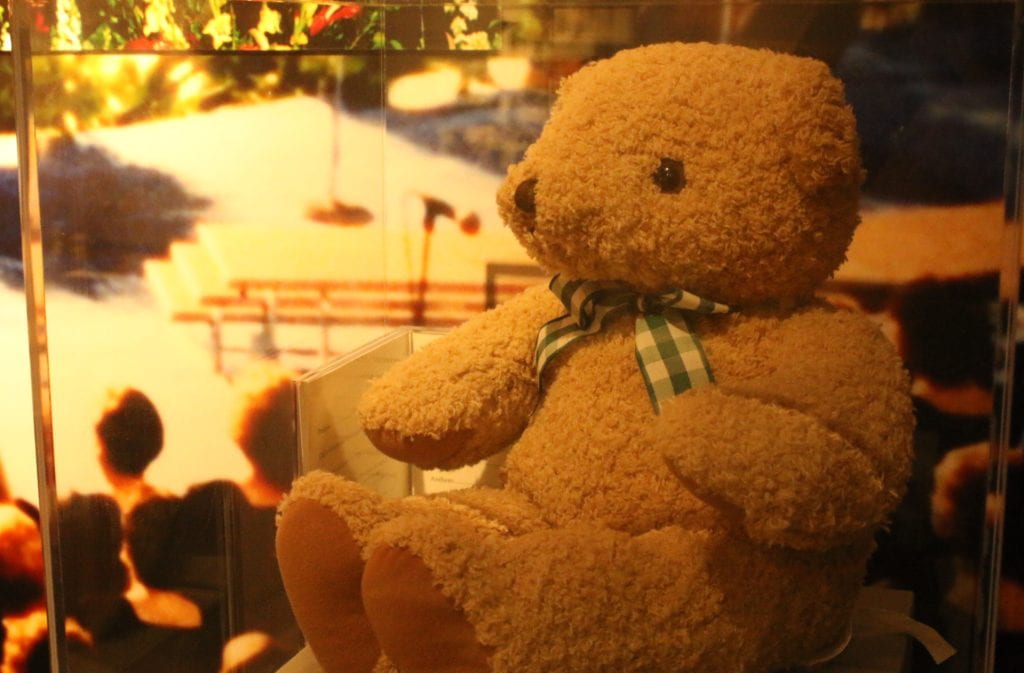
Following our tour with Terry, I additionally began to draw more parallels between my other original chosen event, The Oklahoma City Bombing. What Terry told us about the strength of the Greenwood community reminded me of the same community based effort Oklahoma City created following the 1995 attack.

While our class visited the site of the Oklahoma City Bombing, now a beautiful memorial and museum, we had the opportunity to learn about all aspects of the attack. Ranging from the initial event to the weeks that followed.
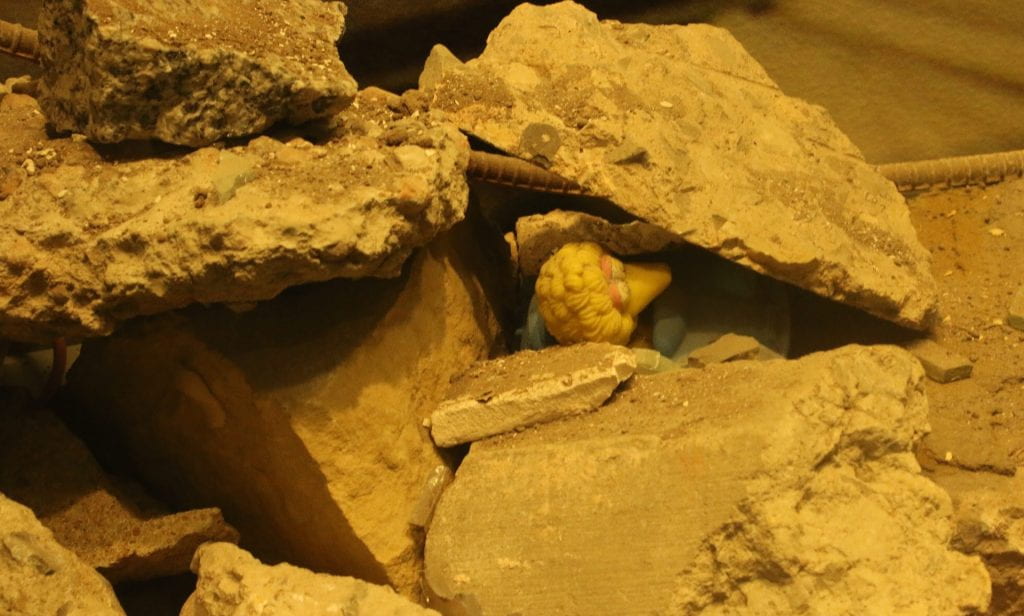
My classmates and I additionally spoke with Tina Gilliard, the chief experience officer at the memorial. Tina provided a lot of great insight into the legacy a of the Oklahoma City Bombing and explained the community effort to heal, remember and grow from the tragedy.
Tina’s answer to our final question particularly heavily inspired me. When asked how she would describe hope, she said, “Hope is the future, it’s about where we want to go and who we want to become.” This message helped me connect the pieces and fragments of my answer I had built throughout our project, creating a cohesive connection between the two stories I wanted to tell in my final video.
Overall I’m incredibly proud and grateful to have met so many amazing people throughout the creation of my video. I could never have found my final answer without the help of the people I had the privilege to connect with. I’m happy that I decided to connect my two original historic events through their commonalities while additionally bringing up the differences prevalent in both examples of hope.
See you later,

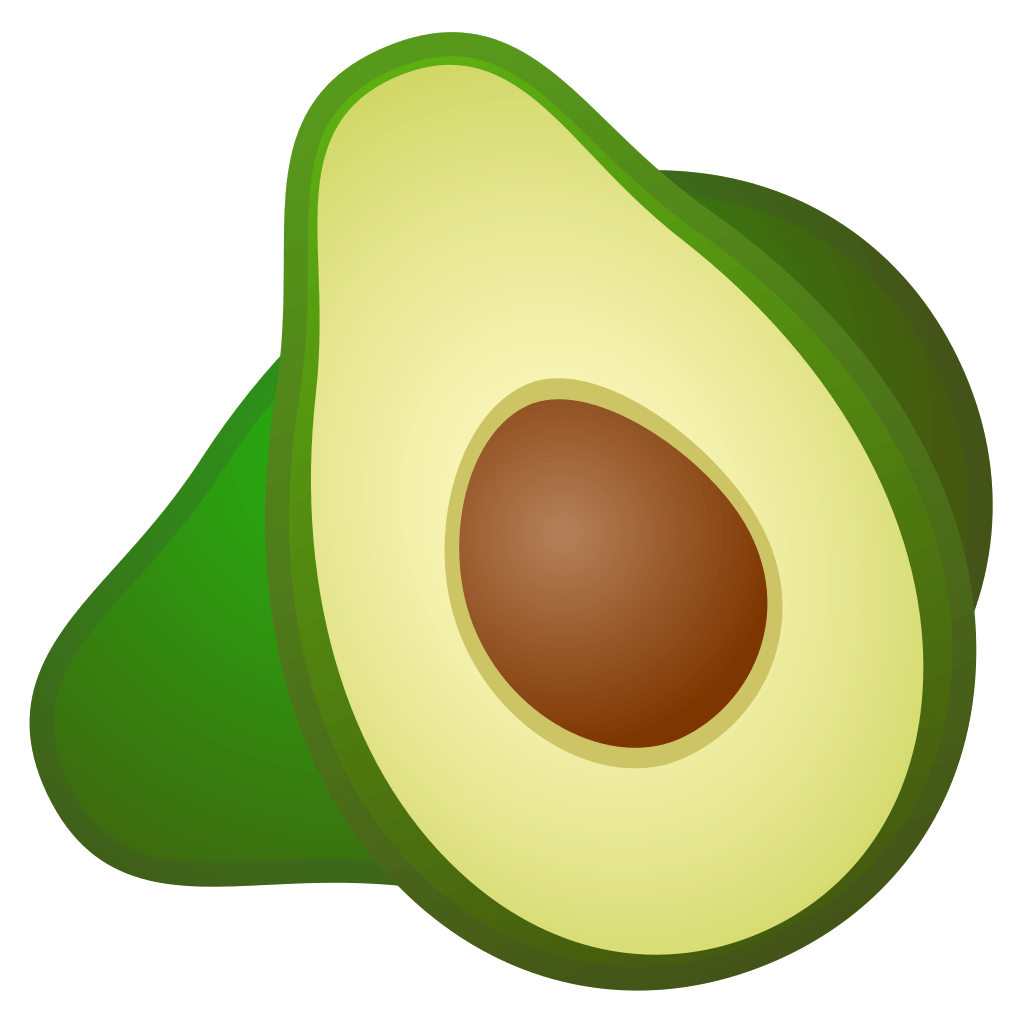
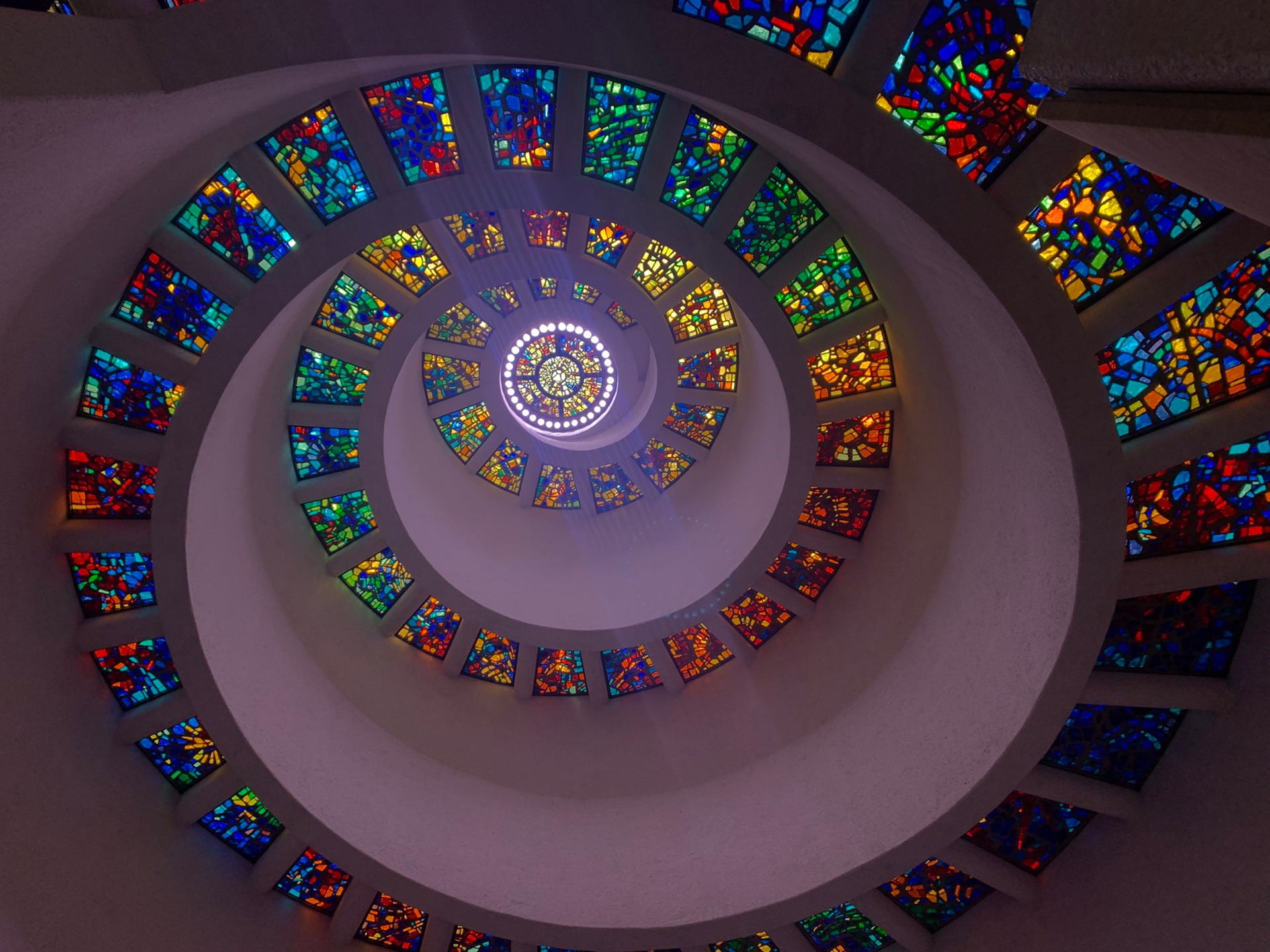


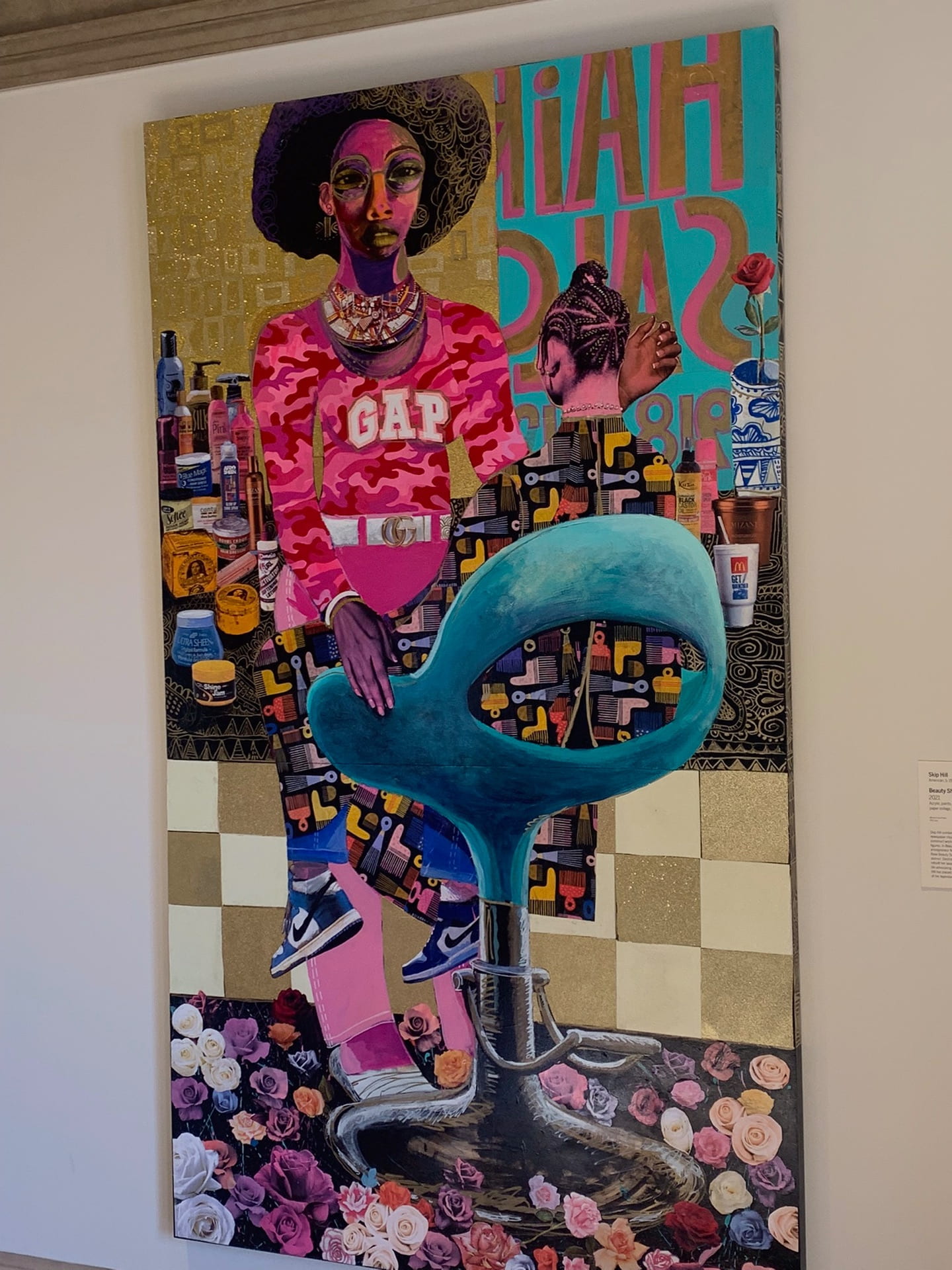
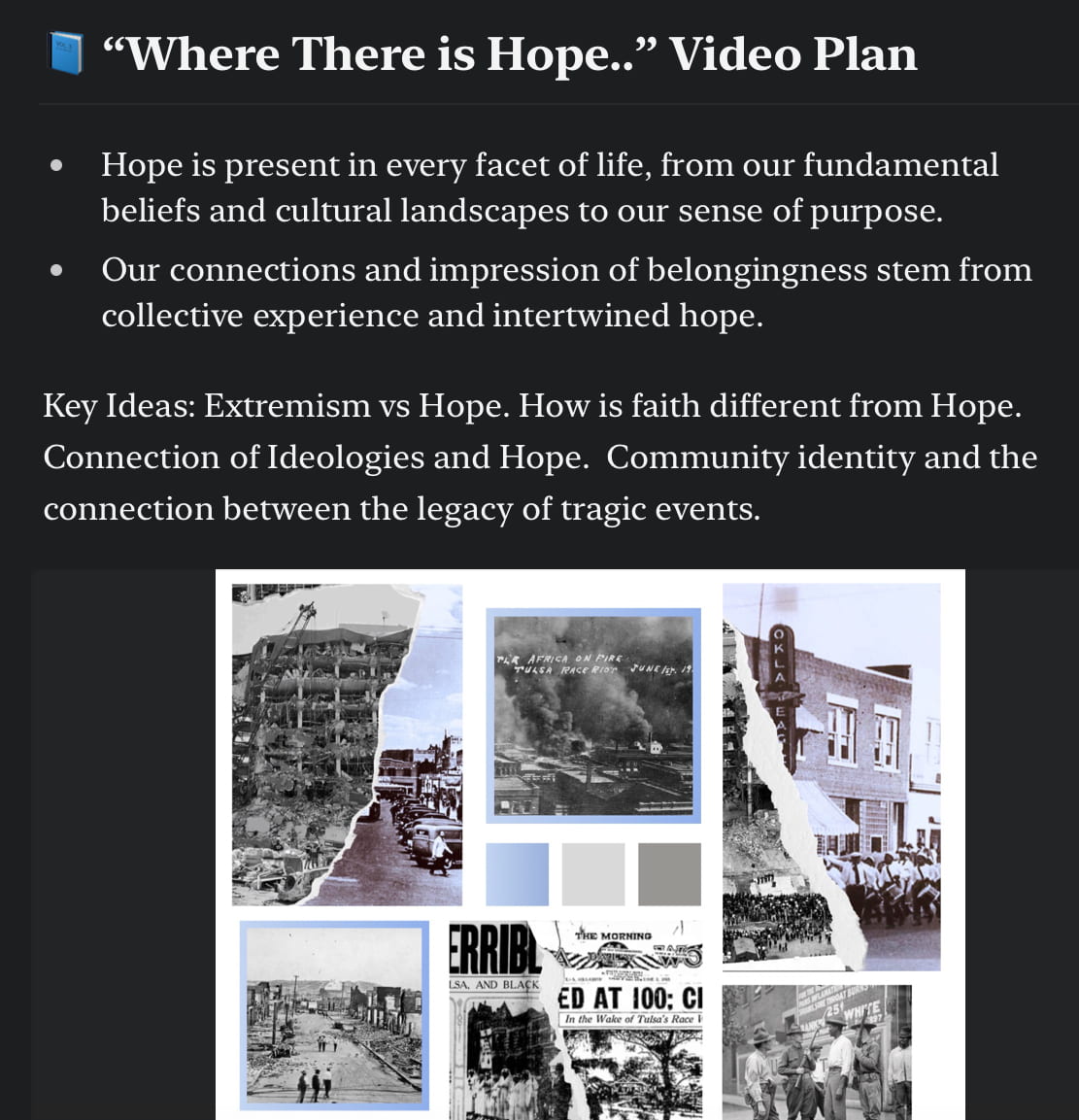



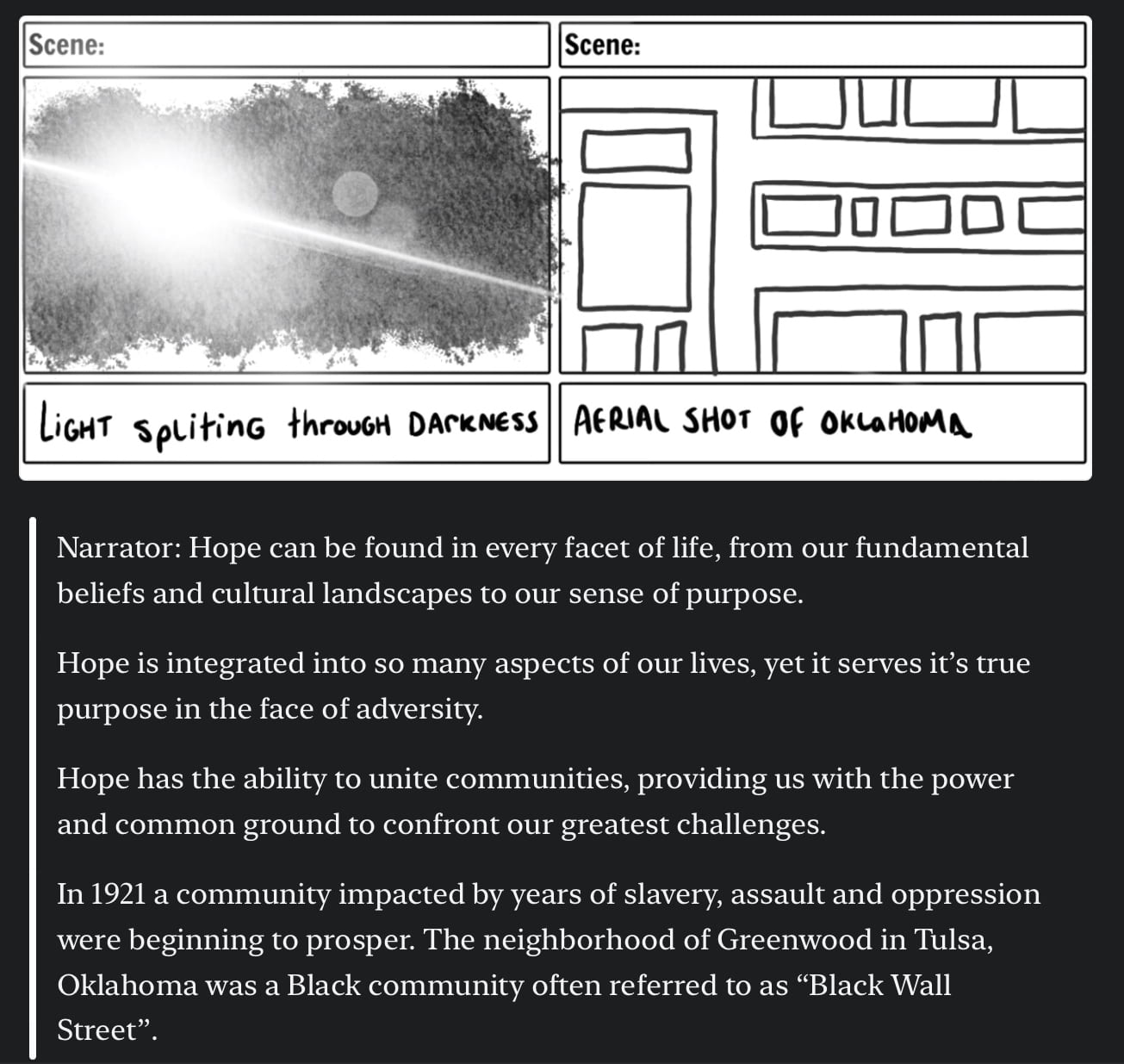





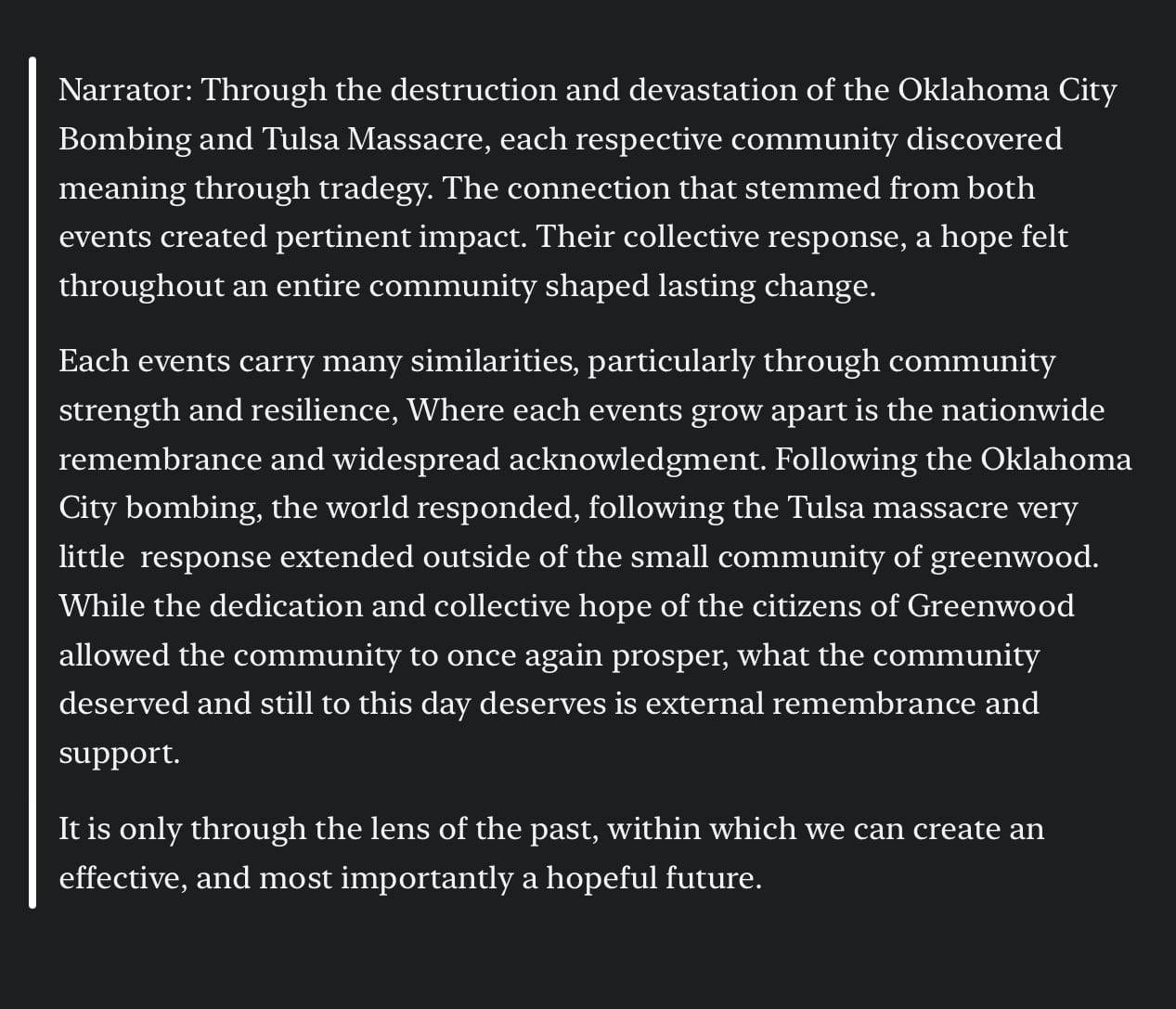

0 comments on “Where There is Hope…” Add yours →